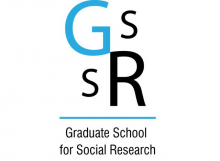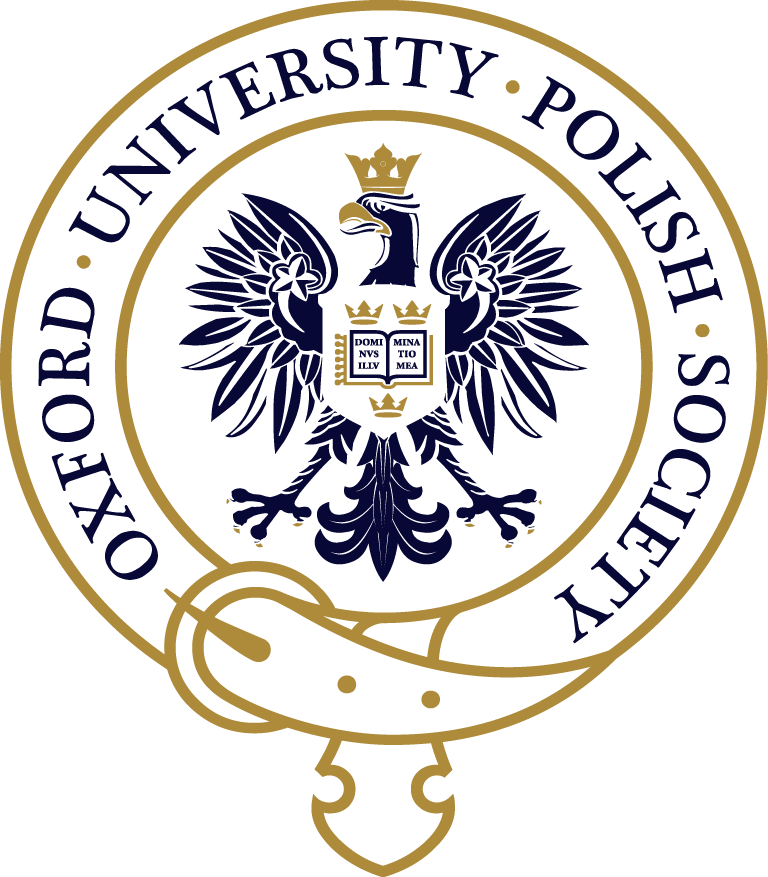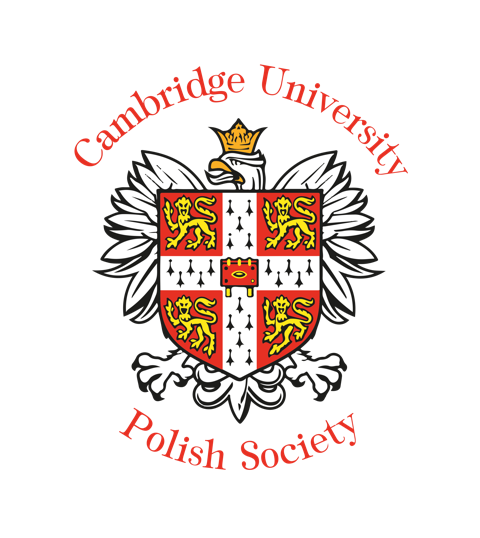Benedykt Polak
An older Marco Polo
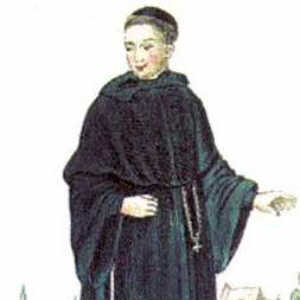
Most people have heard of Marco Polo, the great Italian explorer, probably the first European to wander the great expanse of land that is Asia and write a chronicle about his journey. Far fewer people know that a Polish monk referred to as “Benedykt Polak” had been sent on a mission to travel to Mongolia almost 10 years before Marco was even born.
Benedykt was born and raised in Wrocław, around the year 1200, and died in about 1280. He was a Polish Franciscan friar, who, accompanied by Giovanni da Pian del Carpine, was sent on a journey to Mongolia as a delegate of Pope Innocent IV himself. He was to meet Great Khan Guyuk in order to bring peace to Europe (which was frequently raided by Mongolian forces at the time), Christianize Mongolia and ally with them against the Muslims.
The preparations for the journey were short and the travellers were buying necessary items for survival or to gift to the locals right up to the departure day. It was recorded that they had been welcomed in European courts with excitement and hospitability, and collected many gifts to be offered to the Khan.
The travel was long and tiring and full of adventures. After crossing the river Dnieper, the delegates stumbled upon Mongolian warriors, convinced they were spies. In the end however they were granted a military escort to the Astrakhan region, where they were to meet the Great Khan’s right hand. The general agreed to their continuing their journey into Mongolia, but requested that only Benedykt and Giovanni go, without their entourage. The Polish explorer was very useful in the quest since he spoke Russian and Mongolian (the latter is uncertain however) and translated much of their conversations with natives.
It took them three and a half months to arrive in Karakorum, the capital of the Mongolian Empire. They rode day and night, often changing their horses 3 or 4 times a day. Finally on the 22nd July 1246 the delegates arrived at the summer residence of the newly chosen Khan. Unfortunately, at that point they were ignored and almost left to starve to death: the official ceremony of coronation still hadn’t taken place which created a serious bureaucratic obstacle.
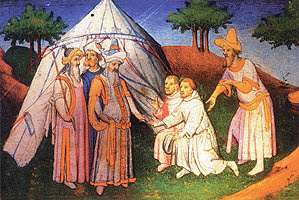
Benedykt Polak with Jana da Pian
(the 14th century)
Once they were finally allowed their audience, the men gave Khan Guyuk the Pope’s letter and requested that Mongolians take on the Christian faith. The ruler was not pleased with them trying to convert his nation to a different religion and sent the delegates on their way after giving them a letter with a reply to the Pope.
The journey was thus unsuccessful politically, but it informed Westerners for the first time about Mongol traditions and way of life in Eastern Asia. This was the first European expedition to Asia since the times of Alexander the Great. After returning to Poland, Benedykt wrote a detailed article about his expedition which he called “De Itinere Fratrum Minorum ad Tartaros”. The work contained much interesting information about the culture and languages of Eastern Asia, as well as many translations of Mongol words. The journey ended many prejudices towards the Mongol world. Throughout the whole excursion the European representatives were treated with respect, which contradicted the suspicion of barbarism. Many modern geographers and explorers agree that this medieval journey deserves more attention. Benedykt and Giovanni started a new chapter in post-ancient history by initiating and promoting world-wide travel and exploration of other cultures and continents.
Bibliography:
- Dmitrowicz, Piotr. “Benedykt Polak: Zapomniany podróżnik.” PolskieRadio.pl, 13 Mar. 2008, 15:48, https://www.polskieradio.pl/39/247/Artykul/176884,Benedykt-Polak-Zapomniany-podroznik
- Piernikarczyk, Anna. “Benedykt Polak - pierwszy Polak w Azji.” Polskie Dzieje - Historia Polski w Internecie, 1 Nov. 2012, http://polskiedzieje.pl/slawni-polacy/benedykt-polak-pierwszy-polak-w-azji.html
- “Benedykt Polak.” Wikipedia, Wikimedia Foundation, 25 Feb. 2018, https://pl.wikipedia.org/wiki/Benedykt_Polak
- Szyjanowski, Robert. “Pierwsza Wyprawa Śladami Benedykta Polaka.” I Wyprawa Śladami Benedykta Polaka, http://www.benedyktpolak.org/benedykt.php





